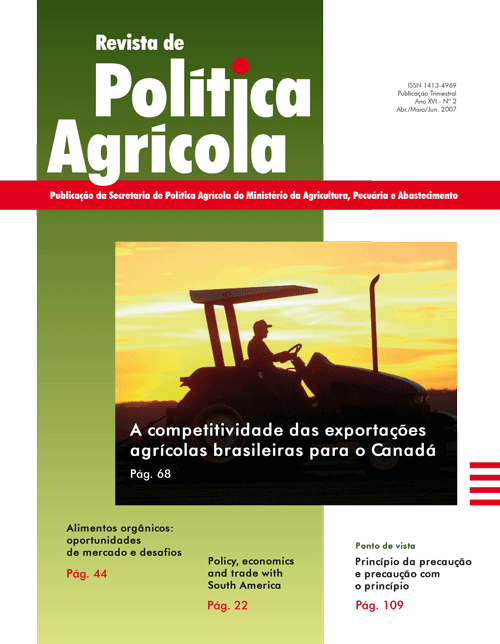Análise da concentração e geografia da produção de leite no Brasil
Keywords:
geoprocessing, remote sensing dairy herdAbstract
The milk production is distributed by all over the country and the heterogeneity of its productive process is relevant. Between 1990 and 2004, it was verified a change of the space distribution of the milk cows. Its concentration has been dislocating in direction to the North Region. This diffusion in the milk production in Brazil demands analyze of its space concentration, being possible to identify the main dairy production areas and to quantify its productive concentration, as well as considering its temporal evolution. A small increment of the concentration between 1990 and 2004 was verified. The average yield of the dairy herd of the country grew significantly in the analyzed period, which left to a higher increment of the concentration of the production than of the milked dairy herd. The highest dairy producing city in 2004 was responsible for about 0.5% of the national production while the 100 greeters had a participation of 18.8%. The main micro region produced 1.6% of the total of the country and 100 greeters 61.2%. The main mesorregion produced 6.8% of the Brazilian production. The adoption of geoprocessing and remote sensing tools can be used to support the policies for the dairy sector, as well as a key-factor to improve its efficiency.Downloads
How to Cite
Carvalho, G. R., & Hott, M. C. (2015). Análise da concentração e geografia da produção de leite no Brasil. Revista De Política Agrícola, 16(2), 82–97. Retrieved from https://rpa.sede.embrapa.br/RPA/article/view/469
Issue
Section
Artigos Científicos


